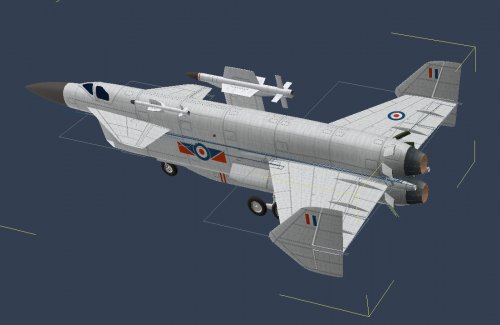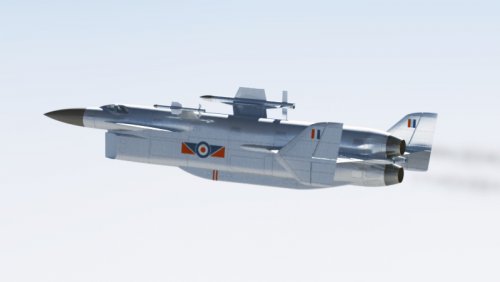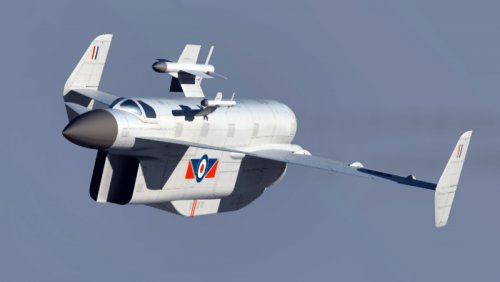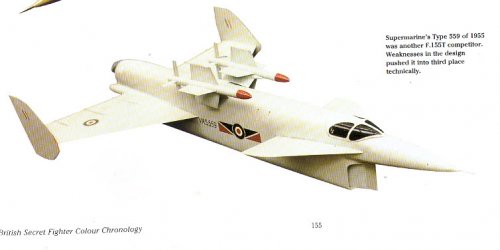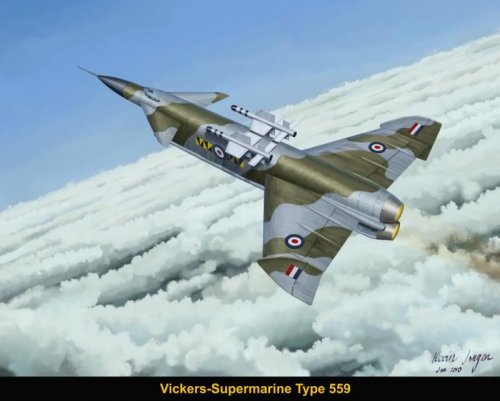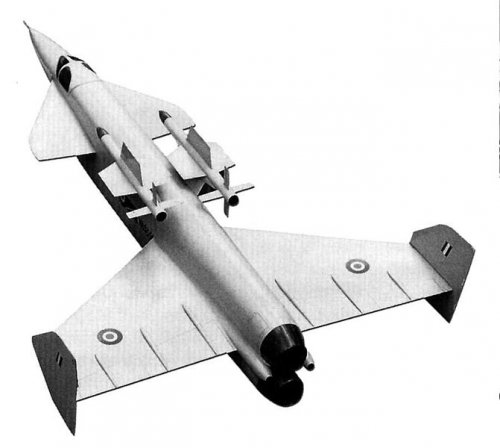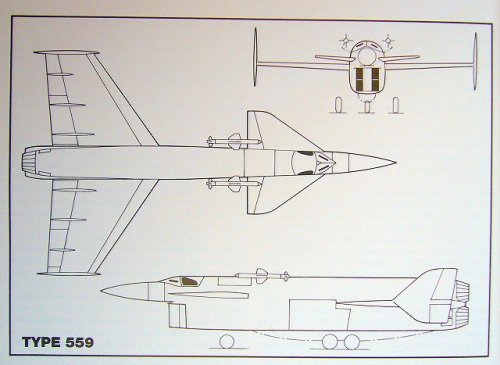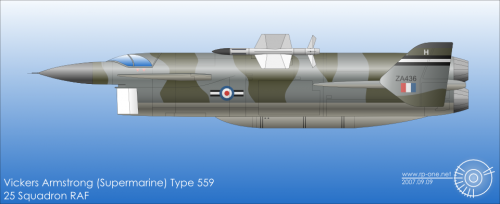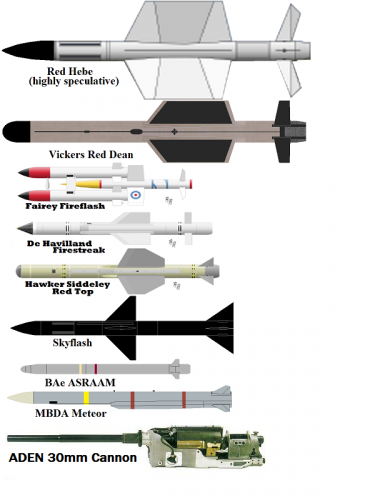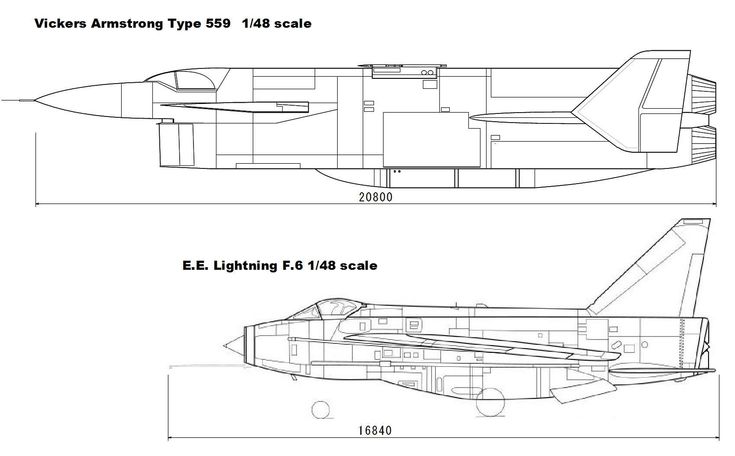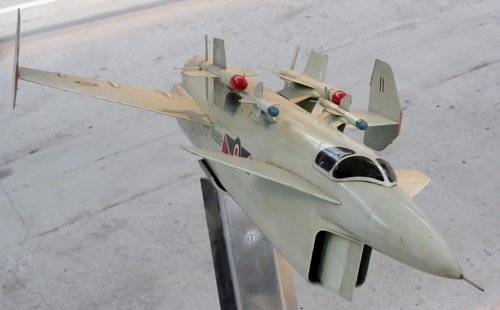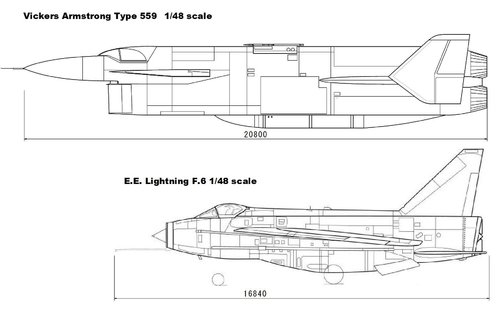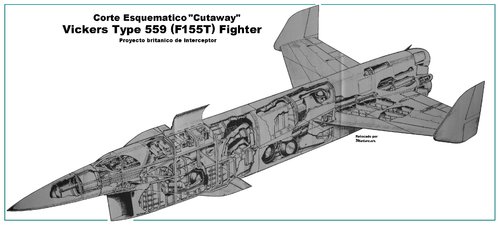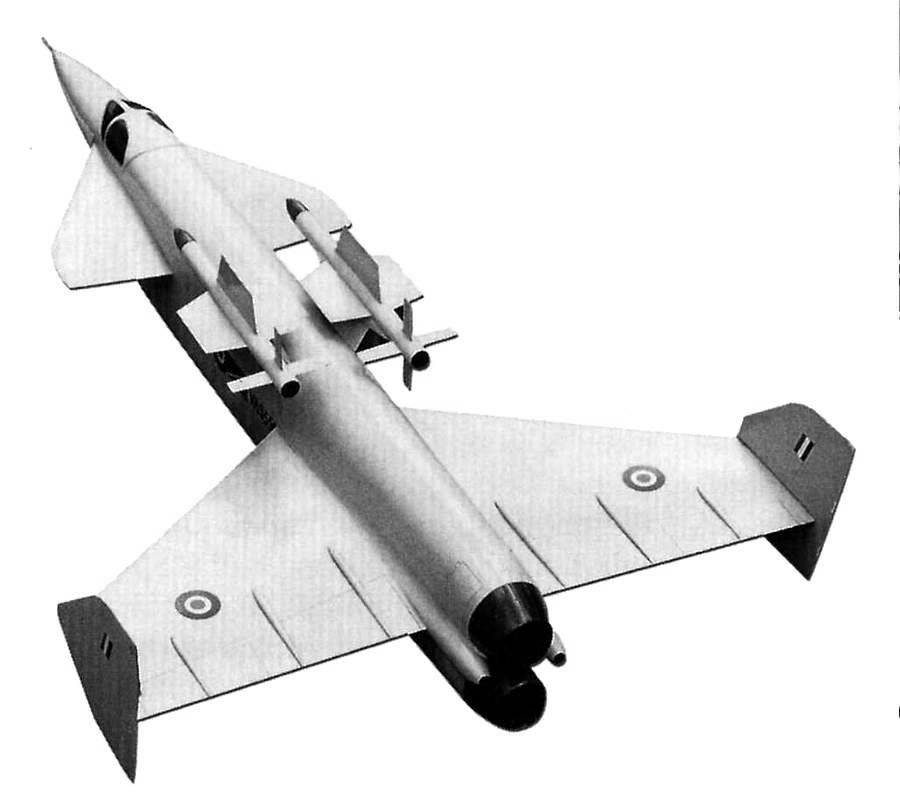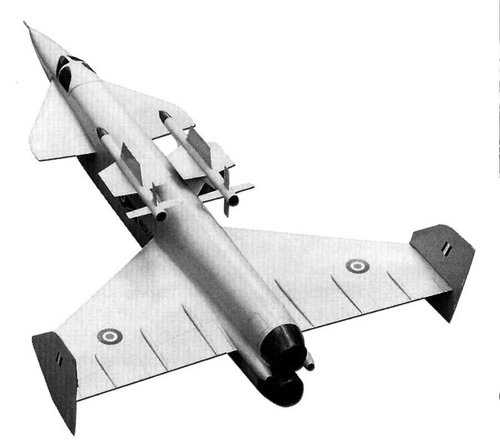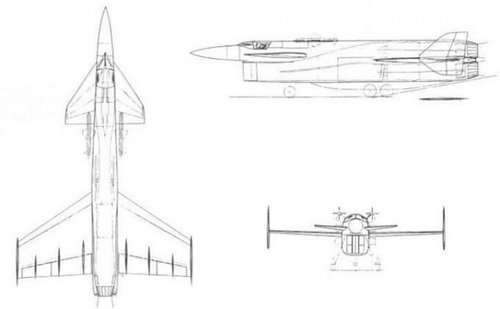kaiserd
I really should change my personal text
- Joined
- 25 October 2013
- Messages
- 1,657
- Reaction score
- 1,726
andy_d said:Hopefully not too much off topic - the F155T designs were obviously intended for similar performance to the Lightning, but with greater range. Was this because, even before the Lightning entered service, its range was recognised as being inadequate for interceptions over the North Sea? Bill Gunston said that the first Lightnings had about enough fuel "to defend one English county."
My understanding from Tony Butlers excellent books that touch on the F155T design competition is that it most accurately seen as for a "super lightening"; a similar role to the Lightening but against higher performance opponent bombers at a somewhat furtherout point. In that sense in terms of intended role it is more like, say, the F4 Phantom or MIG25, rather than the latter MIG31, Tornado ADV who intentionaly had longer range and loiter times. As such without later re-engining to more fuel efficient turbofans the F115T designs would have only been marginally better for intercepting low flying targets deep over the North Sea than the Lightening and in reality the Phantom would probably been more bang for the buck in this role.
In terms of missile role it should be noted that at this point British air to air missile technology was (largely) lagging badly versus comparable US missiles. The Red Herbe etc were acknowledged as being disappointing and unimpressive technically being far closer contempories of the Soviet AA-6 Acrid and similar missiles rather than the AIM-47 and other Phoenix progenitors being developed in the US.
Conceptually the F155T's airframe, systems and armament wasn't nearly as advanced as the F-108 (with the difference most marked in systems and armament) which speaks to both the British realism about what they could achieve (while in retrospect still being over ambitious) and US confidence (and over ambition).

